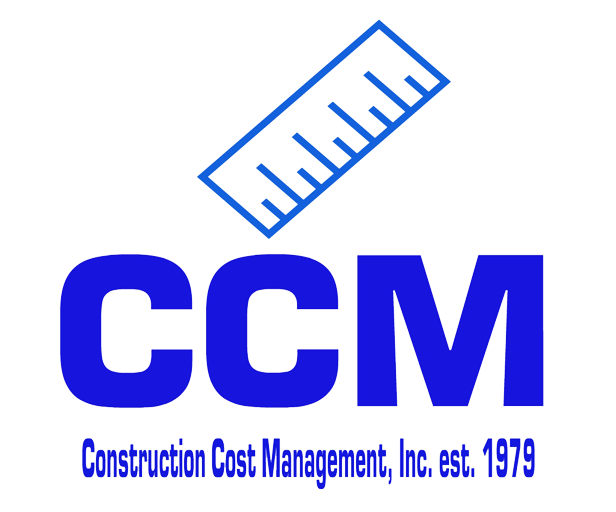Why Use an Independent Construction Cost Estimator?
Are you routinely involved in construction projects where having an accurate idea of costs is important? Most people in the construction industry and design professions would say yes, particularly if public funds are being used where there are specific funding limits.
For many design professionals, the pressure to deliver a project “within budget” clouds objective decision making particularly during planning and design. Sometimes there is a stated assumption of “we can’t afford that” or a fear of “what happens if we come in over budget?” The way to confront these concerns head on is with accurate cost information at each stage of the project.
During initial budgeting, the basic scope of the project needs to be defined, with as much detail as may be reasonable to help avoid overlooking critical components that need to be accounted for. For example, saying there is a need for higher class office space can produce a reasonable range of budget numbers, but if the need for a large, temperature controlled computer center is needed within that office space, and is not accounted for in budgeting, then there is a disconnect between program needs and budget. Similarly, indicating a need for storage space can be fairly straightforward unless the hazard level is overlooked and does not account for special types of construction or mechanical/ electrical requirements.
Once a solid program and corresponding budget are in hand, there are commonly several stages of design (i.e. schematic, design development, and construction documents) with a need for an updated cost estimate at each stage to compare to the budget. The design team may feel pressured to be sure the estimate shows “we are still on budget” but that is not the purpose of a good cost estimate. Rather, the purpose is to inform everyone involved, designers, constructors, owners, and funders, how much the current design is expected to cost. It is pretty rare that a cost estimate and a budget are exactly the same number. Rather, an independent and objective cost estimate can reveal whether the design can be expected to be built for more than budgeted or for less, all within some stated reasonable range allowing for prevailing market conditions.
If the estimate shows a margin of safety for coming in under budget, then that may reveal that the project can indeed afford some things that might have otherwise been passed over. On the other hand, if the estimates shows a high likelihood that the budget will be exceeded then some collective analysis and decision making can ensue. A detailed cost estimate can reveal the primary cost centers or some unexpected items which can be reviewed for design alternatives that will bring costs back in line. Some people see this as an opportunity for “value engineering”, which if done properly and professionally can be effective. However, simply using the term of value engineering as a reason to eliminate something from the project is not appropriate. Rather, the whole project is better served when it is assessed in terms of program, priorities, and components that are driving costs so appropriate adjustments can be made. Alternatively, the owner/ funder may decide to increase the budget because there is nothing that they want to give up on or change within the project design. In that case, the cost estimate identifies how much additional funding may be needed so the funder can determine if that is reasonable or not.
Keep in mind that some of the cost drivers of a project may not be design elements but directly related to the construction process. The cost of labor and equipment in any given location can vary from other locations and certainly by trades within the same region. Shortages of materials (such as after natural disasters) drives the price up artificially compared to more typical times. Even the method of project delivery (i.e. design/bid/ build, design/build, construction management, etc.) will have direct impacts on the management, overhead, and profit numbers built into a construction project. All of these should be part of the discussion when a proper cost estimate is done so these factors can be estimated correctly and appropriate contingencies allowed.
With all of the useful information and sound decision making provided by an independent cost estimate, it is easy to see why some owners / clients require it and why everyone else should. An experienced, capable, independent cost estimating firm can provide significant peace of mind during design, help define the best project delivery process, and avoid emotion filled situations at the time of bidding and construction. It can also help everyone save time and money by addressing any cost-driven corrections early on in the process which is easier than doing so once bids are received or construction has started.
If you aren’t routinely engaging an independent construction cost estimator on your projects, then consider how your current cost estimating needs are being met and how well that may or may not be going. If more reliable, accurate information is needed, then seek out the professionals who can often pay for themselves, sometimes many times over.
